Cultural Path
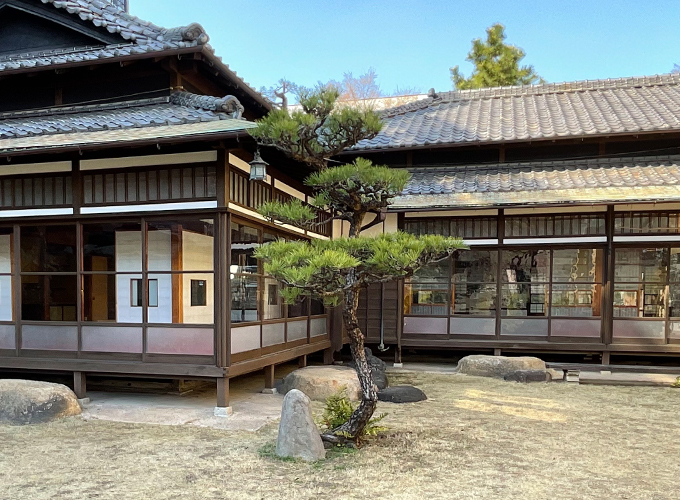
The district between Nagoya Castle to Tokugawaen, a variety of important historical assets remain, including many buildings the trace the tale of Nagoya’s path to modernization from the Edo period to the Meiji era and the Taisho era. This area is called the “Cultural Path”.
History of Cultural Path Shumoku Museum
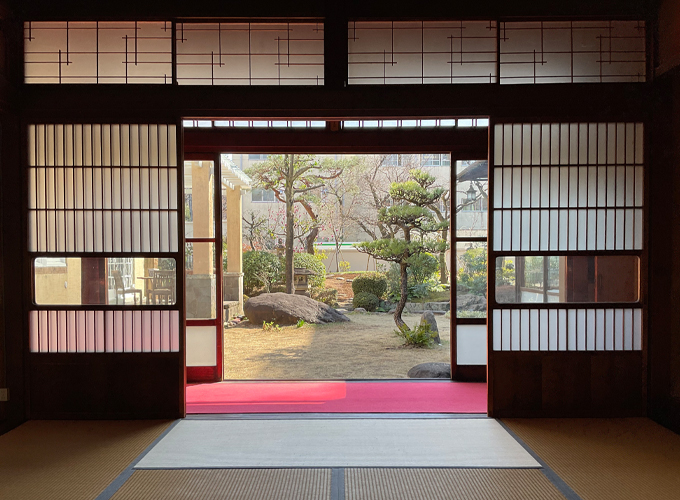
Cultural Path Shumoku Museum, the former residence of ceramics exporter Tamesaburo Imoto, was built from the end of the Taisho Era to the early Showa Era.
Colorful layers of light fill the air of the Western-style building, while nostalgic aromas fill the air of the Japanese-style building. The garden shows the charms of the changing seasons.
- 1996
- The residence was designated as a tangible cultural asset of the City of Nagoya
- 1996 to 2002
- Hosted five tenants that organized public viewings or various cultural events.
- 2004
- Citizens’ groups started managing for various activities
- 2007
- Nagoya City bought the residence and designated it as a building of scenic importance
- 2009
- Restored and opened once again for public viewing
Tamesaburo Imoto
With the motto “Happiness lives in my heart,” Tamesaburo lived life to the full.
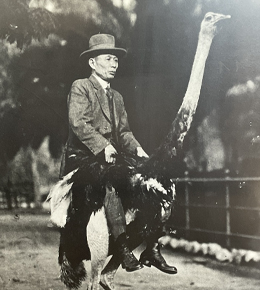
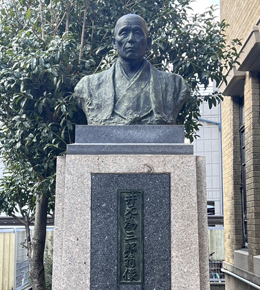
- 1874
- Born in Atsuta ward, Nagoya City
- 1890
- Joined the ceramics industry at the age of 16
- 1897
- Started Imoto Shoten (currently Imoto Sangyo Ltd.)
- 1909
- Established a trading company in San Francisco
- 1920
- Started business with Singapore and Burma
- 1921
- Established a trading company in New York and expanded its sales channels
- 1924
- Became the chairman of the Nagoya Pottery and Porcelain Exporters Guild
- 1925
- Started building his house (currently Shumoku Museum)
- 1932
- Started construction Nagoya Ceramic Hall
- 1941
- Built Nagoya Ceramic Hall and his statue
- 1945
- Died aged 71
Floor guide
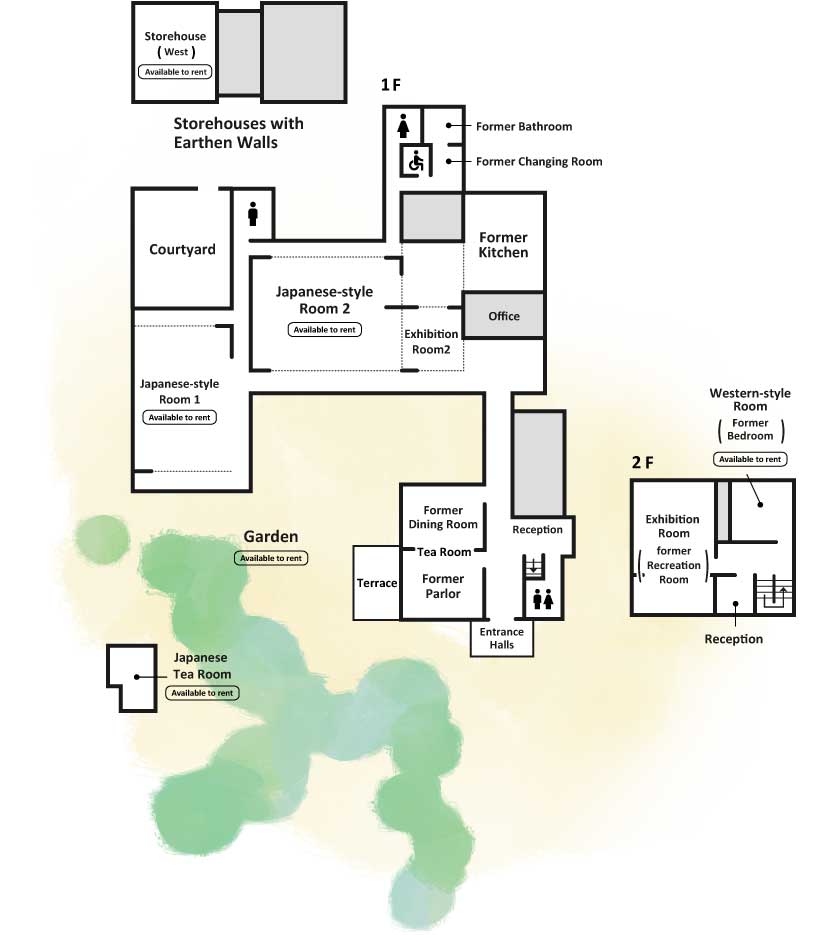
View the museum on Street View
Admission is free if you use the cafe only.
-
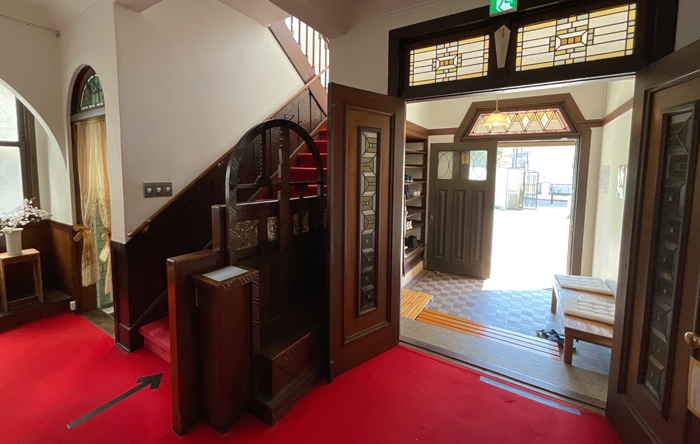
Entrance Hall (Western-style building)
There are four kinds of stained glass in the entrance hall.
-
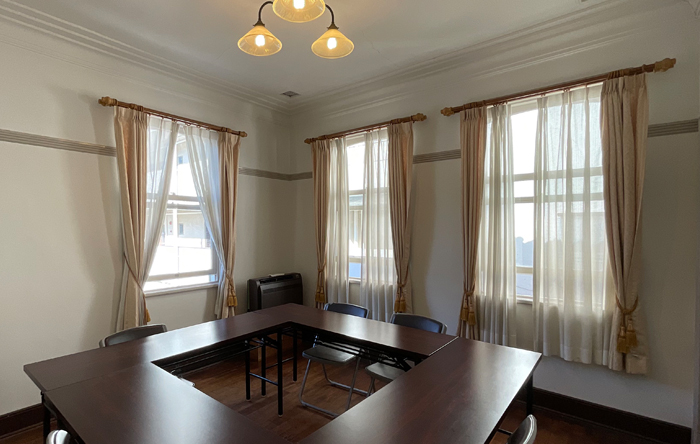
Western-style Room (Western-style building)
This western-style room was used as a bedroom. The room is available to rent.
-
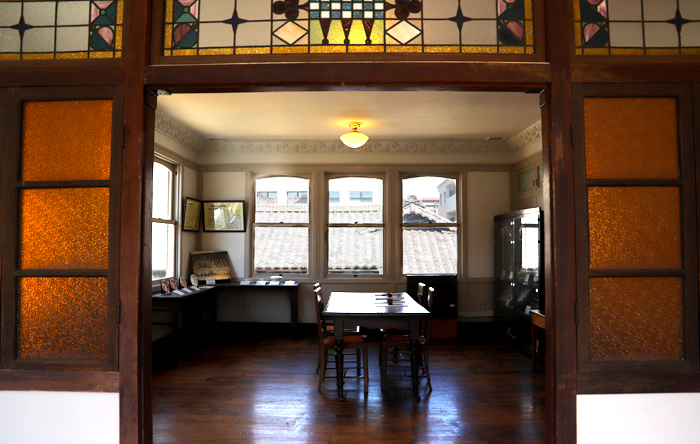
Exhibition Room 1 (Western-style building)
The history of the ceramic ware industry is displayed through panels, books, and materials. Stained glass with spades, clovers, and diamonds can also be seen.
-
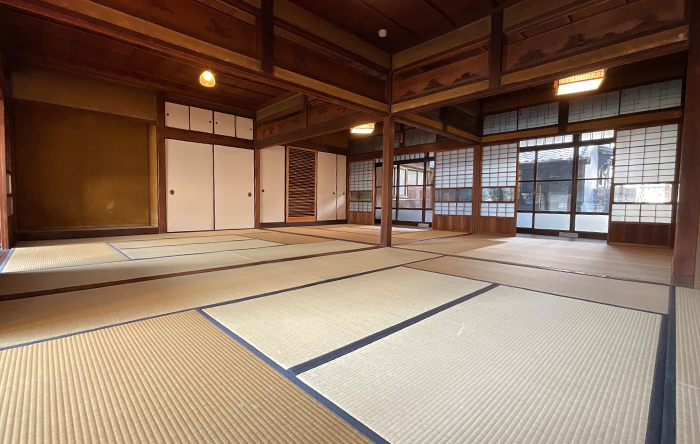
Japanese Rooms 1 and 2(Japanese-style building)
Savor a nostalgic atmosphere in these large, quiet, Japanese-style rooms.
-
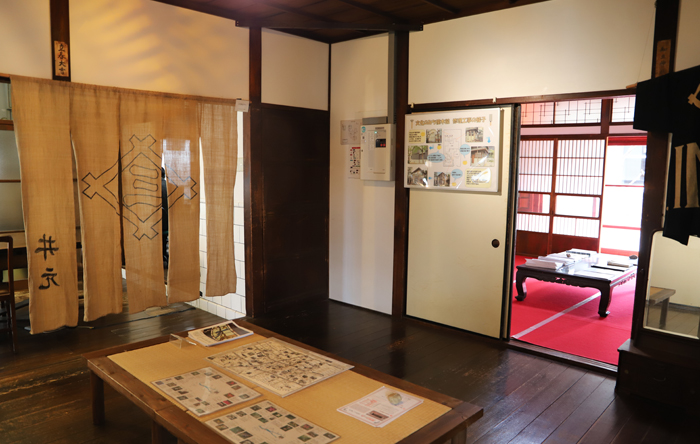
Exhibition Rooms 2 and 3(Japanese-style building)
Two panels from different times: The Edo period and more recent times explain the history of the Cultural Path area.
-
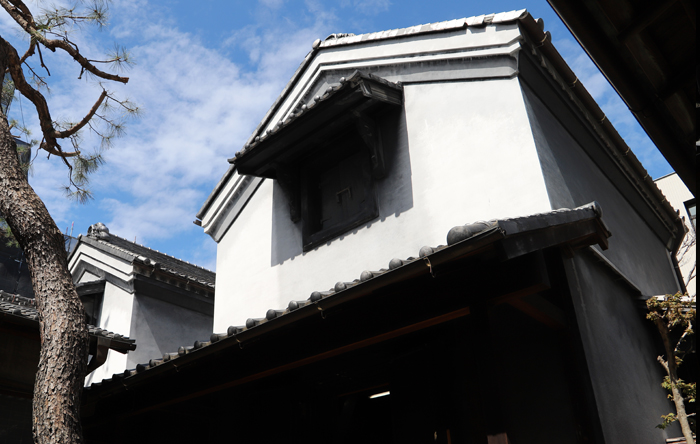
Western and Eastern Storehouses with Earthen Walls
The Western storehouse is a wooden and partly- reinforced concrete building. Next to this is the Eastern storehouse with its brick walls (not open to the public).
-
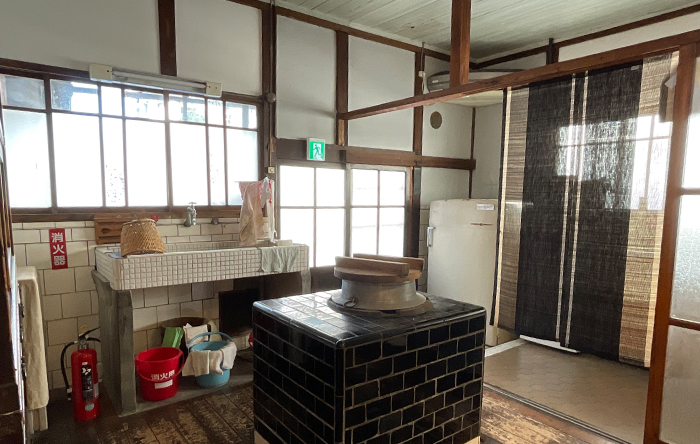
Former Kitchen, Bathroom, and Changing Room
Enjoy the nostalgic atmosphere of life at the beginning of the Showa era.
-
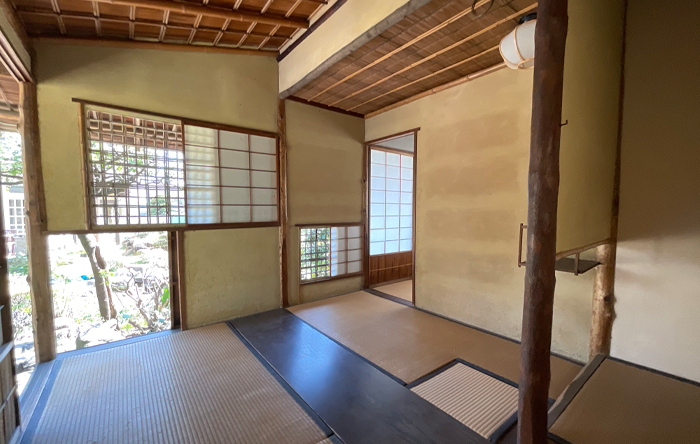
Tea Ceremony Room
A Japanese-style tearoom is in the beautiful green garden.
-
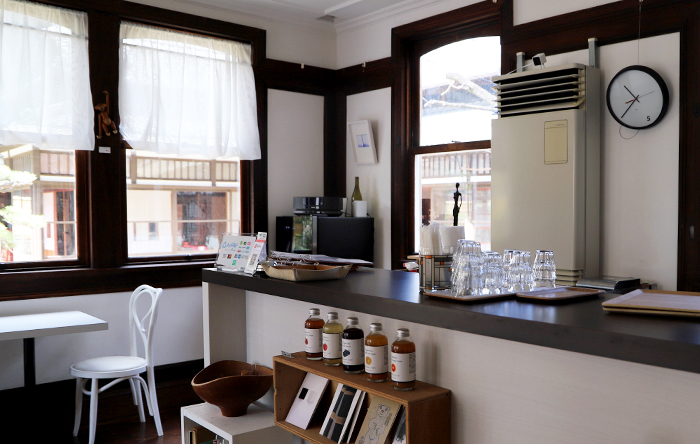
Tea Room
Relax while enjoying the stained glass that depicts two small birds.
-
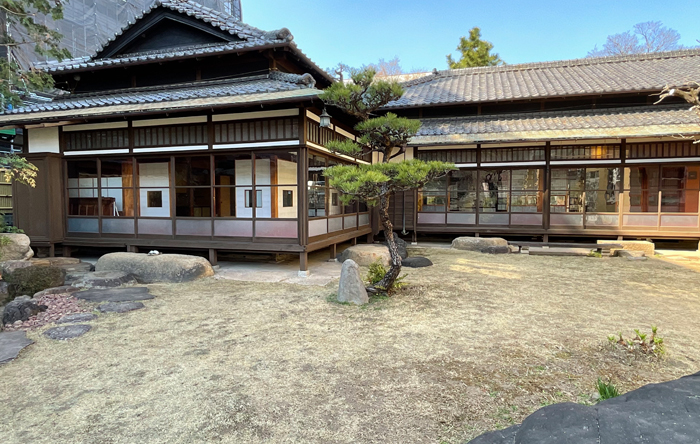
Garden
The garden connects the Japanese-style building, the Western-style building, and the Tea Ceremony Room.
Visitor information
- Open hours
- 10:00a.m. to 5:00p.m.
- Closed
- Mondays (or the following weekday when Monday is a national holiday), 29 Dec. to 3 Jan
- Admission fees
-
Classification Adult/High school and College students Nagoya City Senior citizens(65 and up) Individual 200 yen 100 yen Group (20 people or more) 160 yen 50 yen Annual Pass 800 yen 200 yen Futaba Museum Combination 320 yen 160 yen Note:Junior high school students and younger children are free.
Note:Free of charge for holders of a disability certificate issued in Japan.
Access
address:2-18 Shumoku-cho, Higashi-ku, Nagoya 461-0014

Bus
- 3-minute walk north of Higashikataha bus stop on the city bus line.
- 5-minute walk south of the Shimizuguchi stop on the city bus Key-Route 2.
- 3-minute walk west of the Cultural Path Futaba Museum stop of Nagoya Sightseeing Route Bus Meguru.
Subway
- 10-minute walk north of exit 1, Takaoka subway station, Sakura-dori Line.
- 12-minute walk south of Amagasaka station on the Meitetsu Seto Line.
Note:There is no parking lot at Shumokukan. Please use public transportation.
